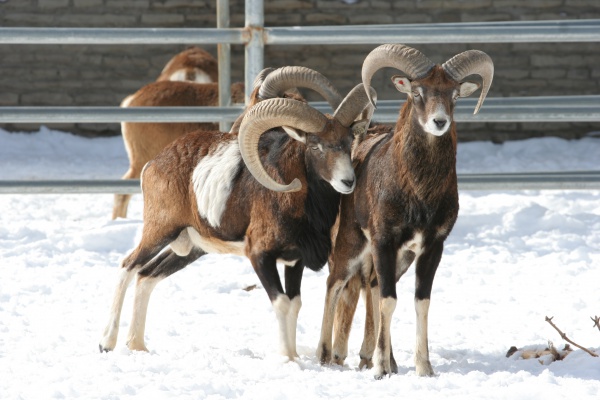Facts About Red Sheep, Mouflon
The mouflon, a type of wild sheep belonging to the Ovis orientalis species, is considered to be the progenitor of modern domestic sheep. The term "mouflon" originates from the Corsican words "mufro" and "mufra" which were subsequently adapted into French as "moufflon" by the naturalist Buffon.
These sheep are distinguished by their reddish to dark brown coats adorned with distinctive markings. The males typically showcase impressive curved horns. Mouflons can be found in areas such as the Caucasus, Anatolia, Iraq, Iran, and Armenia. Additionally, they have been introduced to various other countries and islands, including a notable subspecies, the Cyprus mouflon, which is indigenous to Cyprus and maintains a small population.
There are five recognized subspecies of mouflon, including the European mouflon and the Cyprus mouflon. However, there is ongoing debate regarding their classification. Some experts consider them subspecies of domestic sheep (Ovis aries), while others view them as distinct species.
Mouflons exhibit intriguing reproductive behaviors. Rams establish dominance hierarchies prior to the mating season, while ewes may mate regardless of their social status. Gestation lasts approximately five months, typically resulting in one or two offspring. Notably, mouflons have been successfully cloned, a development that holds promise for conservation efforts.

 Lithuania
Lithuania